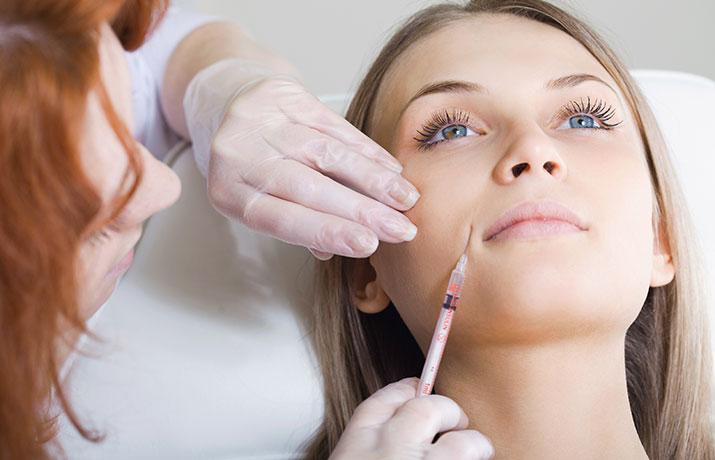103 patients with OSAS were assessed after 1 and 2 years of treatment. Treatment was a success when the apneahypopnea index (AHI) reduction was less than 5. Dr. Stan Farrell, a member of the American Academy of Dental Sleep Medicine and board certified with the American Board of Orofacial Pain, has extensive training in treating sleep apnea and other sleep disorders. If you think you might be suffering from obstructive sleep apnea, call Dr. Farrell at 480-945-3629 or visit AZ TMJ at www.headpaininstitute.com.
Michiel H. J. Doff, PhD1; Aarnoud Hoekema, PhD1; Peter J. Wijkstra, PhD2; Johannes H. van der Hoeven, PhD3; James J. R. Huddleston Slater, PhD1; Lambert G. M. de Bont, PhD1; Boudewijn Stegenga, PhD1
Abstract:
Objective (polysomnography) and subjective (Epworth Sleepiness Scale, Functional Outcomes of Sleep Questionnaire, Medical Outcomes Study 36-item Short Form Health Survey [SF-36]) parameters were assessed after 1 and 2 years of treatment. Treatment was considered successful when the apneahypopnea index (AHI) was < 5 or showed substantial reduction, defined as reduction in the index of at least 50% from the baseline value to a value of < 20 in a patient without OSAS symptoms while undergoing therapy. Both therapies showed substantial improvements in polysomnographic and neurobehavioral outcomes.

